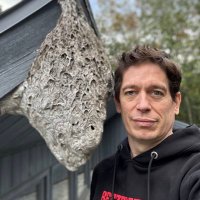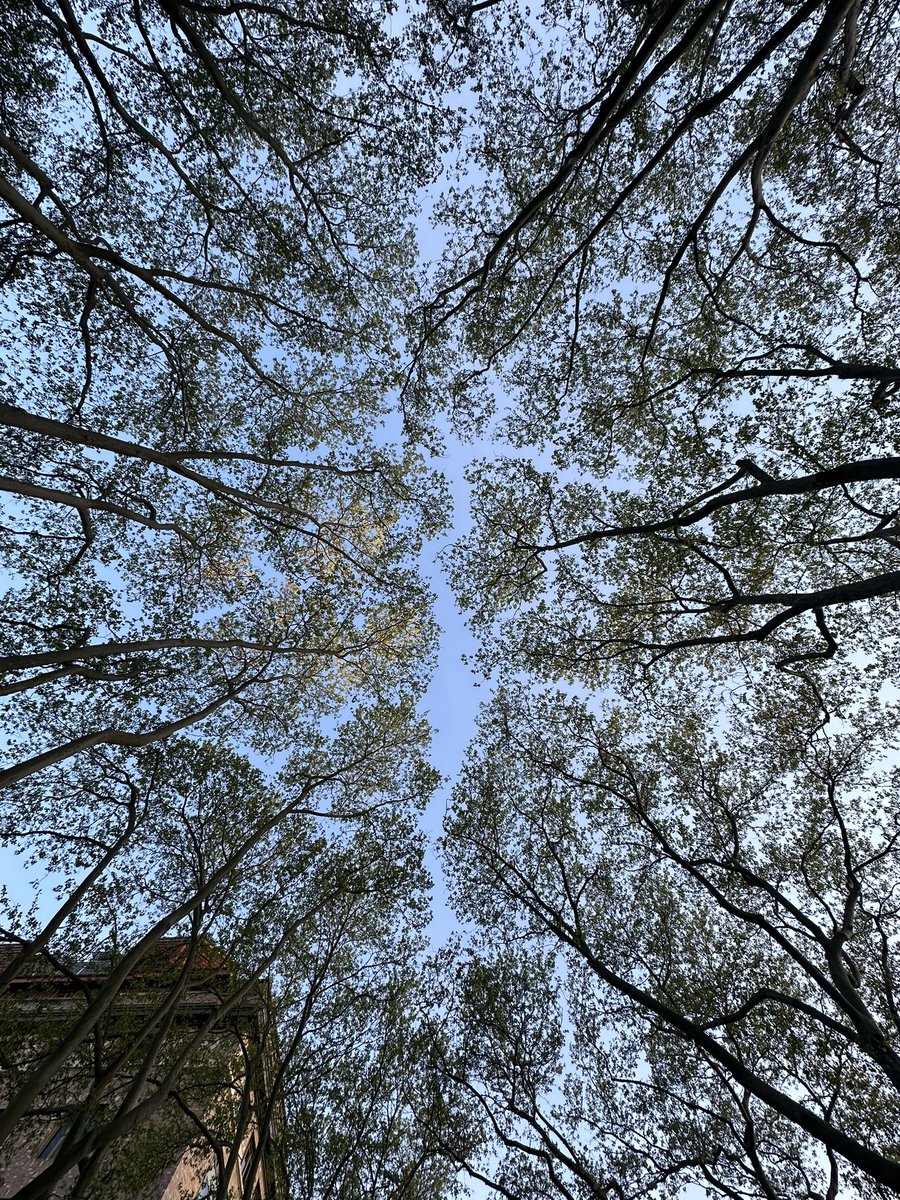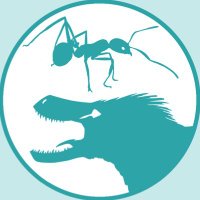
Daniel Kronauer
@danielkronauer
PI @RockefellerUniv. Investigator @HHMINEWS. Instigator of Clonal Raider Ant Project #CRAP. Myrmecophile for life. 🐜 🤓 🐜 Tweets science and 🐜 photography.
ID: 881261733872062464
https://www.rockefeller.edu/research/2280-kronauer-laboratory/ 01-07-2017 21:22:25
1,1K Tweet
5,5K Takipçi
2,2K Takip Edilen










While “Berührungsangst” (the fear of contact) is generally the exception at Rockefeller University, here is an example of crown shyness on our beautiful spring campus.












